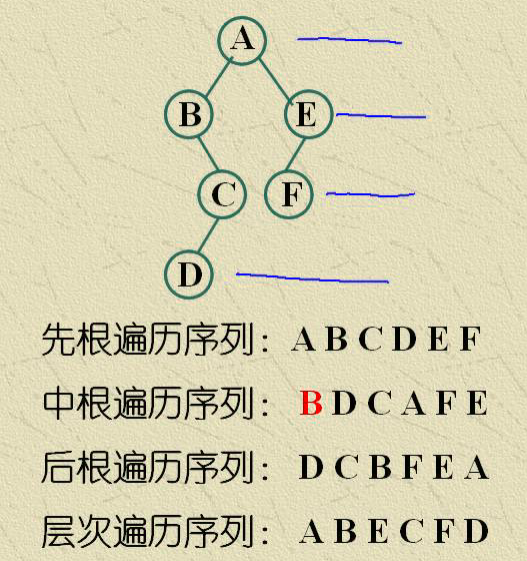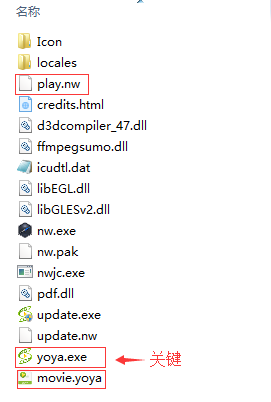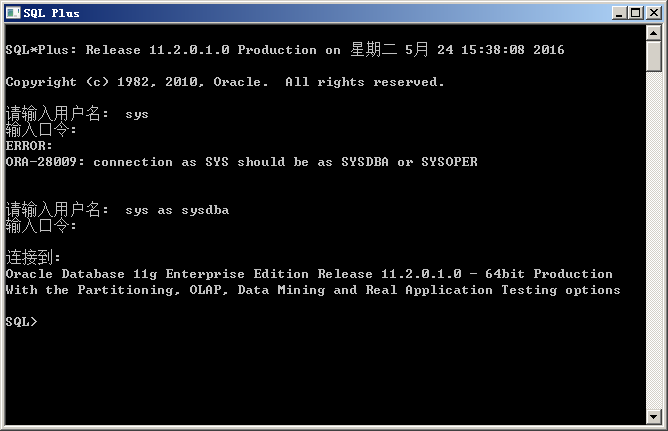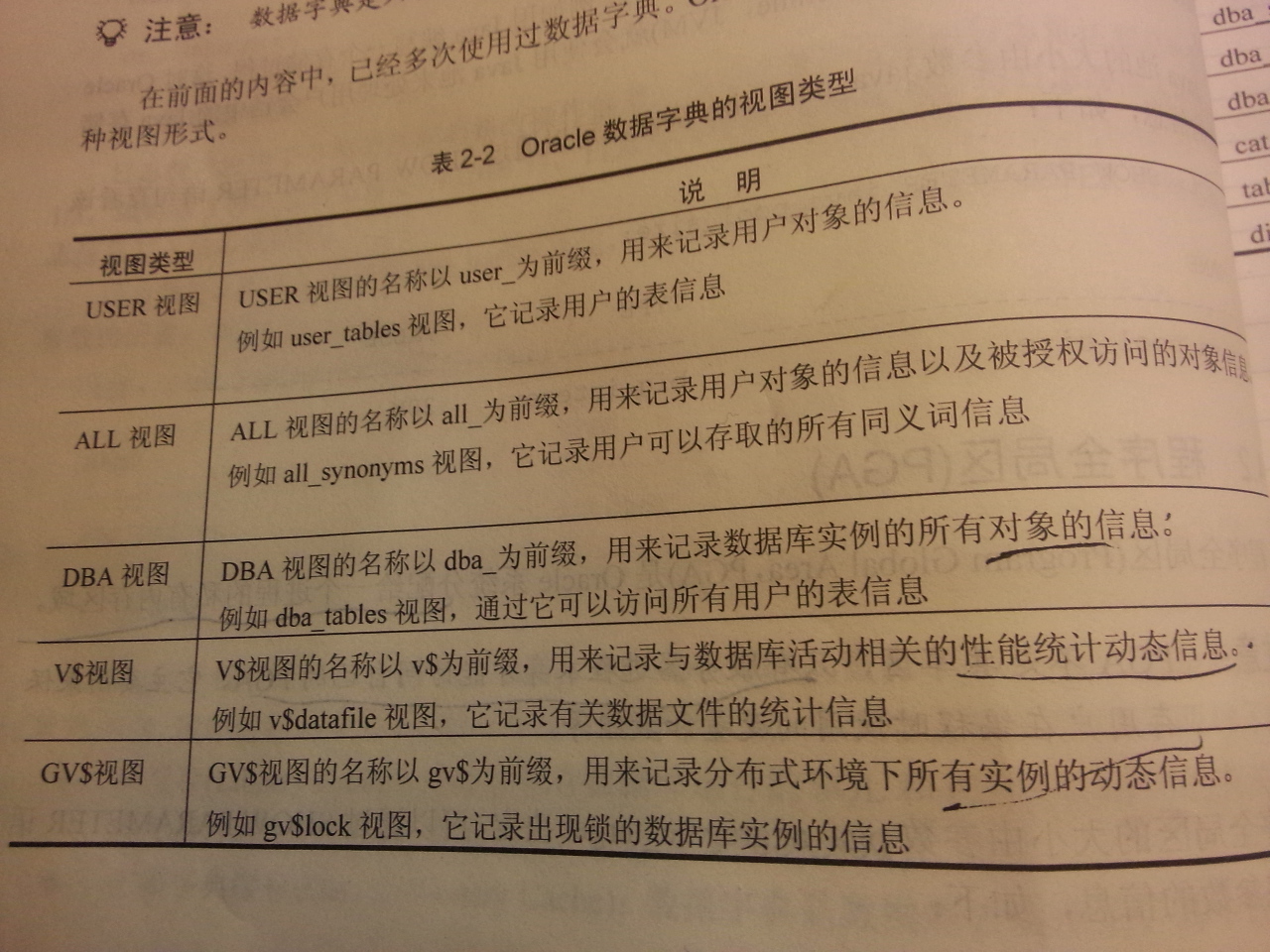Spring AOP源码解析(中)
上一篇文章中,介绍了Spring中动态代理的使用方式,通过ProxyFactory来创建代理对象,ProxyFactory可以通过addAdvisor()来添加匹配逻辑和代理逻辑,这篇文章重点介绍ProxyFactory是如何产生代理对象以及代理对象是如何执行代理逻辑的
一、ProxyFactory生成代理对象
使用ProxyFactory添加advisor,并创建代理对象,调用代理对象的test()方法,代码如下:
BeforeAdvisor:
public class LizhiBeforeAdvisor implements PointcutAdvisor {@Overridepublic Advice getAdvice() {return new LizhiBeforeAdvice();}@Overridepublic boolean isPerInstance() {return false;}@Overridepublic Pointcut getPointcut() {return Pointcut.TRUE;}}public class LizhiBeforeAdvice implements MethodBeforeAdvice {@Overridepublic void before(Method method, Object[] args, Object target) throws Throwable {System.out.println("before");}}
LizhiAroundAdvisor和LizhiAfterReturningAdvisor与上面BeforeAdvisor逻辑基本类似
重点介绍getProxy()方法
UserService target = new UserService();ProxyFactory proxyFactory = new ProxyFactory();proxyFactory.setTarget(target);proxyFactory.addAdvisor(new LizhiBeforeAdvisor());proxyFactory.addAdvisor(new LizhiAroundAdvisor());proxyFactory.addAdvisor(new LizhiAfterReturningAdvisor());UserService userService = (UserService) proxyFactory.getProxy();userService.test();
1.1 生成AopProxy
在生成代理对象之前,需要判断使用哪种代理方式来生成代理对象,JDK或CGLIB
public Object getProxy() {return createAopProxy().getProxy();}protected final synchronized AopProxy createAopProxy() {if (!this.active) {activate();}// 默认为DefaultAopProxyFactoryreturn getAopProxyFactory().createAopProxy(this);}
NativeDetector.inNativeImage()用于判断当前程序是否运行在GraalVM上(类似JVM),如果是着这种情况,就只能只用JDK动态代理
config对象就是ProxyFactory对象,isOptimize()判断是否需要进行优化,较早的版本,CGLIB的效率比JDK要好,可以通过设置ProxyFactory的optimize等于true来使用CGLIB
isProxyTargetClass()判断是否为类进行代理,如果为true,即使被代理类实现了接口,也会使用CGLIB进行代理
hasNoUserSuppliedProxyInterfaces()用于判断是否添加了接口,如果没有添加接口,则使用CGLIB
只满足上面这些条件,还不能直接使用CGLIB,还需要判断被代理的类是否为接口,如果是接口,则使用JDK动态代理;或者被代理类本身就是一个JDK代理类,也将使用JDK动态代理;
只有不满足上前上个条件时,才会使用CGLIB进行代理;其他情况都使用JDK进行动态代理
public AopProxy createAopProxy(AdvisedSupport config) throws AopConfigException {if (!NativeDetector.inNativeImage() &&(config.isOptimize() || config.isProxyTargetClass() || hasNoUserSuppliedProxyInterfaces(config))) {Class<?> targetClass = config.getTargetClass();if (targetClass == null) {throw new AopConfigException("TargetSource cannot determine target class: " +"Either an interface or a target is required for proxy creation.");}if (targetClass.isInterface() || Proxy.isProxyClass(targetClass)) {return new JdkDynamicAopProxy(config);}return new ObjenesisCglibAopProxy(config);}else {return new JdkDynamicAopProxy(config);}}
1.2 生成代理对象
生成AopProxy后就可以去生成代理对象了
JDK生成代理对象:
public Object getProxy(@Nullable ClassLoader classLoader) {if (logger.isTraceEnabled()) {logger.trace("Creating JDK dynamic proxy: " + this.advised.getTargetSource());}// this实现了InvocationHandlerreturn Proxy.newProxyInstance(classLoader, this.proxiedInterfaces, this);}
CGLIB生成代理对象:
主要通过Enhancer来生成被代理类的代理类和代理对象,与JDK不同的点就在于不仅会生成一个代理对象,还会生成一个代理类
// 被代理的类Class<?> rootClass = this.advised.getTargetClass();Assert.state(rootClass != null, "Target class must be available for creating a CGLIB proxy");Class<?> proxySuperClass = rootClass;// 如果被代理类本身就已经是Cglib所生成的代理类了if (rootClass.getName().contains(ClassUtils.CGLIB_CLASS_SEPARATOR)) {// 获取真正的被代理类proxySuperClass = rootClass.getSuperclass();// 获取被代理类所实现的接口Class<?>[] additionalInterfaces = rootClass.getInterfaces();for (Class<?> additionalInterface : additionalInterfaces) {this.advised.addInterface(additionalInterface);}}// Validate the class, writing log messages as necessary.validateClassIfNecessary(proxySuperClass, classLoader);// Configure CGLIB Enhancer...Enhancer enhancer = createEnhancer();if (classLoader != null) {enhancer.setClassLoader(classLoader);if (classLoader instanceof SmartClassLoader &&((SmartClassLoader) classLoader).isClassReloadable(proxySuperClass)) {enhancer.setUseCache(false);}}// 被代理类,代理类的父类enhancer.setSuperclass(proxySuperClass);// 代理类额外要实现的接口enhancer.setInterfaces(AopProxyUtils.completeProxiedInterfaces(this.advised));enhancer.setNamingPolicy(SpringNamingPolicy.INSTANCE);enhancer.setStrategy(new ClassLoaderAwareGeneratorStrategy(classLoader));// 获取和被代理类所匹配的AdvisorCallback[] callbacks = getCallbacks(rootClass);Class<?>[] types = new Class<?>[callbacks.length];for (int x = 0; x < types.length; x++) {types[x] = callbacks[x].getClass();}// fixedInterceptorMap only populated at this point, after getCallbacks call aboveenhancer.setCallbackFilter(new ProxyCallbackFilter(this.advised.getConfigurationOnlyCopy(), this.fixedInterceptorMap, this.fixedInterceptorOffset));enhancer.setCallbackTypes(types);// Generate the proxy class and create a proxy instance.return createProxyClassAndInstance(enhancer, callbacks);
二、执行代理逻辑
以JDK动态代理为例:
在调用代理对象的方法时,会进入到InvocationHandler的invoke()方法,而JdkDynamicAopProxy本身实现了InvocationHandler接口
2.1 不执行代理逻辑
如果接口中没有定义equals()和hashCode(),但代理对象调用了这两个方法,就直接执行这个方法,不执行代理逻辑
public Object invoke(Object proxy, Method method, Object[] args) throws Throwable {Object oldProxy = null;boolean setProxyContext = false;// 拿到备代理对象TargetSource targetSource = this.advised.targetSource;Object target = null;// 如果接口中没有定义equals()方法,那么则直接调用,不走代理if (!this.equalsDefined && AopUtils.isEqualsMethod(method)) {// The target does not implement the equals(Object) method itself.return equals(args[0]);}else if (!this.hashCodeDefined && AopUtils.isHashCodeMethod(method)) {// The target does not implement the hashCode() method itself.return hashCode();}……}
2.2 ThreadLocal设置代理对象
如果ProxyFactory的exposeProxy为true,则把当前的代理对象设置到当前线程的ThreadLocal中,业务代码中可以通过AopContext.currentProxy()获取到当前类的代理对象,可以用于解决事务方法调用时事务失效的问题
private static final ThreadLocal<Object> currentProxy = new NamedThreadLocal<>("Current AOP proxy");if (this.advised.exposeProxy) {// Make invocation available if necessary.oldProxy = AopContext.setCurrentProxy(proxy);setProxyContext = true;}static Object setCurrentProxy(@Nullable Object proxy) {Object old = currentProxy.get();if (proxy != null) {currentProxy.set(proxy);}else {currentProxy.remove();}return old;}
2.3 获取所有匹配的Advice
通过getInterceptorsAndDynamicInterceptionAdvice()获取所有与当前类的当前方法匹配的Advice
// 被代理对象和代理类target = targetSource.getTarget();Class<?> targetClass = (target != null ? target.getClass() : null);// Get the interception chain for this method.List<Object> chain = this.advised.getInterceptorsAndDynamicInterceptionAdvice(method, targetClass);
先从缓存methodCache中去取,把method封装成MethodCacheKey,作为缓存的Key,如果缓存中没有,则通过getInterceptorsAndDynamicInterceptionAdvice()去获取
public List<Object> getInterceptorsAndDynamicInterceptionAdvice(Method method, @Nullable Class<?> targetClass) {MethodCacheKey cacheKey = new MethodCacheKey(method);// 注意这个List,表示的就是Advice链List<Object> cached = this.methodCache.get(cacheKey);if (cached == null) {cached = this.advisorChainFactory.getInterceptorsAndDynamicInterceptionAdvice(this, method, targetClass);this.methodCache.put(cacheKey, cached);}return cached;}
ProxyFactory会把添加的advice都封装成advisor,然后遍历advisor进行匹配,主要通过Pointcut的逻辑进行匹配
@Overridepublic List<Object> getInterceptorsAndDynamicInterceptionAdvice(Advised config, Method method, @Nullable Class<?> targetClass) {// This is somewhat tricky... We have to process introductions first,// but we need to preserve order in the ultimate list.AdvisorAdapterRegistry registry = GlobalAdvisorAdapterRegistry.getInstance();// 从ProxyFactory中拿到所设置的Advice(添加时被封装成了DefaultPointcutAdvisor)// 添加的时候会控制顺序Advisor[] advisors = config.getAdvisors();List<Object> interceptorList = new ArrayList<>(advisors.length);Class<?> actualClass = (targetClass != null ? targetClass : method.getDeclaringClass());Boolean hasIntroductions = null;……return interceptorList;}
lizhiBeforeAdvisor:
public class LizhiBeforeAdvisor implements PointcutAdvisor {@Overridepublic Advice getAdvice() {return new LizhiBeforeAdvice();}@Overridepublic boolean isPerInstance() {return false;}@Overridepublic Pointcut getPointcut() {return new Pointcut() {@Overridepublic ClassFilter getClassFilter() {return new ClassFilter() {@Overridepublic boolean matches(Class<?> clazz) {return clazz.equals(UserService.class);}};}@Overridepublic MethodMatcher getMethodMatcher() {return new MethodMatcher() {@Overridepublic boolean matches(Method method, Class<?> targetClass) {return false;}@Overridepublic boolean isRuntime() {return false;}@Overridepublic boolean matches(Method method, Class<?> targetClass, Object... args) {return false;}};}};}}
遍历所有advisor进行匹配
根据上面定义的advisor,结合下面的匹配逻辑,可以清楚的看到,首先判断根据ClassFilter的matches()方法判断当前Advisor与当前类是否匹配,如果为true再进行方法匹配
先判断matches(Method method, Class<?> targetClass)是否匹配,如果为true,将Advisor封装成为MethodInterceptor,在真正执行Advisor的代理逻辑时,都是执行MethodInterceptor的invoke()方法里面的逻辑
再判断isRuntime()是否为true时,说明在调用方法时,还需要进行参数匹配,所以将isRuntime()为true的advisor封装成为InterceptorAndDynamicMethodMatcher,在真正调用时,还会调用matches(Method method, Class<?> targetClass, Object… args)方法进行校验
for (Advisor advisor : advisors) {if (advisor instanceof PointcutAdvisor) {// Add it conditionally.PointcutAdvisor pointcutAdvisor = (PointcutAdvisor) advisor;// 先匹配类if (config.isPreFiltered() || pointcutAdvisor.getPointcut().getClassFilter().matches(actualClass)) {// 再匹配方法MethodMatcher mm = pointcutAdvisor.getPointcut().getMethodMatcher();boolean match;if (mm instanceof IntroductionAwareMethodMatcher) {if (hasIntroductions == null) {hasIntroductions = hasMatchingIntroductions(advisors, actualClass);}match = ((IntroductionAwareMethodMatcher) mm).matches(method, actualClass, hasIntroductions);}else {match = mm.matches(method, actualClass);}if (match) {// 如果匹配则将Advisor封装成为Interceptor,当前Advisor中的Advice可能即是MethodBeforeAdvice,也是ThrowsAdviceMethodInterceptor[] interceptors = registry.getInterceptors(advisor);if (mm.isRuntime()) {// Creating a new object instance in the getInterceptors() method// isn't a problem as we normally cache created chains.for (MethodInterceptor interceptor : interceptors) {interceptorList.add(new InterceptorAndDynamicMethodMatcher(interceptor, mm));}}else {interceptorList.addAll(Arrays.asList(interceptors));}}}}……}
2.3.1 Advisor封装成MethodInterceptor
MethodInterceptor[] interceptors = registry.getInterceptors(advisor);
如果Advice实现的是MethodInterceptor接口,则直接添加到interceptors
如果Advice是实现的Advice接口,则通过AdvisorAdapter进行适配,主要包括MethodBeforeAdviceAdapter、AfterReturningAdviceAdapter和ThrowsAdviceAdapter
public DefaultAdvisorAdapterRegistry() {registerAdvisorAdapter(new MethodBeforeAdviceAdapter());registerAdvisorAdapter(new AfterReturningAdviceAdapter());registerAdvisorAdapter(new ThrowsAdviceAdapter());}public void registerAdvisorAdapter(AdvisorAdapter adapter) {this.adapters.add(adapter);}public MethodInterceptor[] getInterceptors(Advisor advisor) throws UnknownAdviceTypeException {List<MethodInterceptor> interceptors = new ArrayList<>(3);Advice advice = advisor.getAdvice();if (advice instanceof MethodInterceptor) {interceptors.add((MethodInterceptor) advice);}// 将Advice适配成MethodInterceptorfor (AdvisorAdapter adapter : this.adapters) {if (adapter.supportsAdvice(advice)) {interceptors.add(adapter.getInterceptor(advisor));}}if (interceptors.isEmpty()) {throw new UnknownAdviceTypeException(advisor.getAdvice());}return interceptors.toArray(new MethodInterceptor[0]);}
通过AdvisorAdapter的supportsAdvice()方法进行适配,以MethodBeforeAdviceAdapter为例:
如果advice实现了MethodBeforeAdvice接口,返回true,然后调用getInterceptor()方法,将MethodBeforeAdvice封装成一个MethodBeforeAdviceInterceptor
class MethodBeforeAdviceAdapter implements AdvisorAdapter, Serializable {@Overridepublic boolean supportsAdvice(Advice advice) {return (advice instanceof MethodBeforeAdvice);}@Overridepublic MethodInterceptor getInterceptor(Advisor advisor) {MethodBeforeAdvice advice = (MethodBeforeAdvice) advisor.getAdvice();return new MethodBeforeAdviceInterceptor(advice);}}
2.4 执行代理逻辑
当匹配所有的Advisor之后,没有像匹配的,则直接调用invokeJoinpointUsingReflection()方法
如果有相匹配的Advisor,则生成MethodInvocation对象,然后调用其proceed()方法
List<Object> chain = this.advised.getInterceptorsAndDynamicInterceptionAdvice(method, targetClass);// Check whether we have any advice. If we don't, we can fallback on direct// reflective invocation of the target, and avoid creating a MethodInvocation.if (chain.isEmpty()) {// We can skip creating a MethodInvocation: just invoke the target directly// Note that the final invoker must be an InvokerInterceptor so we know it does// nothing but a reflective operation on the target, and no hot swapping or fancy proxying.// 如果没有Advice,则直接调用对应方法Object[] argsToUse = AopProxyUtils.adaptArgumentsIfNecessary(method, args);retVal = AopUtils.invokeJoinpointUsingReflection(target, method, argsToUse);}else {// We need to create a method invocation...MethodInvocation invocation =new ReflectiveMethodInvocation(proxy, target, method, args, targetClass, chain);// Proceed to the joinpoint through the interceptor chain.retVal = invocation.proceed();}
currentInterceptorIndex初始值为-1,每调用一个MethodInterceptor就会加1,按照Advisor添加的顺序,开始执行Advisor的代理逻辑
如果当前的MethodInterceptor为InterceptorAndDynamicMethodMatcher,需要调用matches(this.method, targetClass, this.arguments)进行参数匹配,匹配成功调用invoke()方法,匹配不成功,则递归调用,获取下一个MethodInterceptor,进行判断。
注意,invoke(this)的入参为当前类对象,会形成递归调用,相当于一条chain
public Object proceed() throws Throwable {// We start with an index of -1 and increment early.// 当调用完了最后一个interceptor后就会执行被代理方法if (this.currentInterceptorIndex == this.interceptorsAndDynamicMethodMatchers.size() - 1) {return invokeJoinpoint();}Object interceptorOrInterceptionAdvice =this.interceptorsAndDynamicMethodMatchers.get(++this.currentInterceptorIndex);// 当前interceptor是InterceptorAndDynamicMethodMatcher,则先进行匹配,匹配成功后再调用该interceptor// 如果没有匹配则递归调用proceed()方法,调用下一个interceptorif (interceptorOrInterceptionAdvice instanceof InterceptorAndDynamicMethodMatcher) {// Evaluate dynamic method matcher here: static part will already have// been evaluated and found to match.InterceptorAndDynamicMethodMatcher dm =(InterceptorAndDynamicMethodMatcher) interceptorOrInterceptionAdvice;Class<?> targetClass = (this.targetClass != null ? this.targetClass : this.method.getDeclaringClass());// 动态匹配,根据方法参数匹配if (dm.methodMatcher.matches(this.method, targetClass, this.arguments)) {return dm.interceptor.invoke(this);}else {// Dynamic matching failed.// Skip this interceptor and invoke the next in the chain.// 不匹配则执行下一个MethodInterceptorreturn proceed();}}else {// It's an interceptor, so we just invoke it: The pointcut will have// been evaluated statically before this object was constructed.// 直接调用MethodInterceptor,传入this,在内部会再次调用proceed()方法进行递归// 比如MethodBeforeAdviceInterceptorreturn ((MethodInterceptor) interceptorOrInterceptionAdvice).invoke(this);}}
以MethodBeforeAdviceInterceptor为例:
调用MethodBeforeAdviceInterceptor的invoke()方法时,会先去执行before()方法的逻辑,然后再递归调用proceed()方法
public class MethodBeforeAdviceInterceptor implements MethodInterceptor, BeforeAdvice, Serializable {private final MethodBeforeAdvice advice;/*** Create a new MethodBeforeAdviceInterceptor for the given advice.* @param advice the MethodBeforeAdvice to wrap*/public MethodBeforeAdviceInterceptor(MethodBeforeAdvice advice) {Assert.notNull(advice, "Advice must not be null");this.advice = advice;}@Override@Nullablepublic Object invoke(MethodInvocation mi) throws Throwable {this.advice.before(mi.getMethod(), mi.getArguments(), mi.getThis());return mi.proceed();}}
在CGLIB中,执行逻辑同JDK,CGLIB是在DynamicAdvisedInterceptor的intercept()方法中去匹配Advisor,然后封装成CglibMethodInvocation,调用proceed()方法,CglibMethodInvocation实现了ReflectiveMethodInvocation,所以proceed()与JDK的proceed()是同一个方法



































还没有评论,来说两句吧...